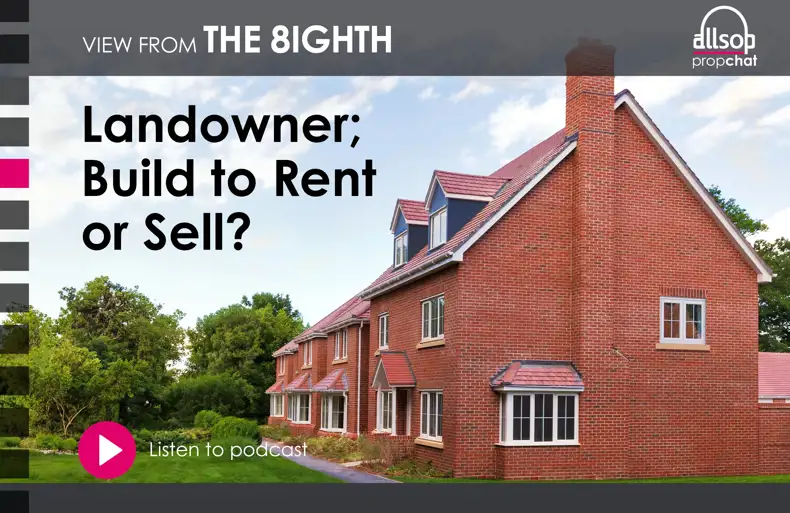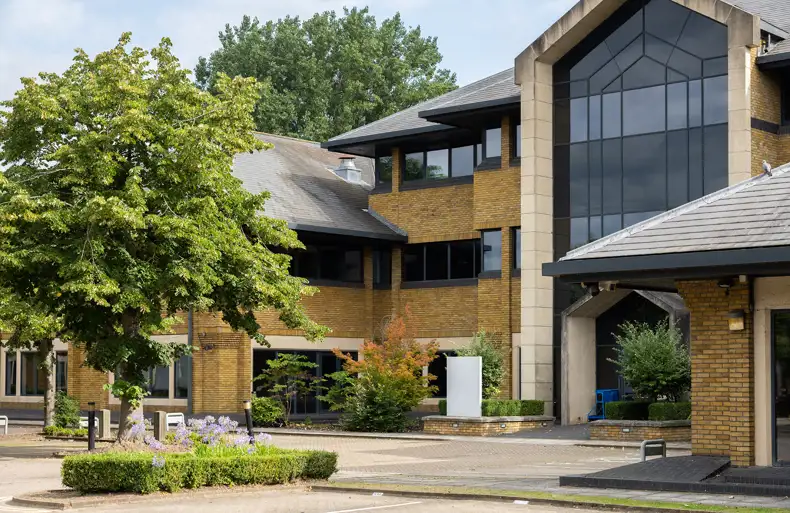Mixed use property has been about for decades. London is littered with rows of Victorian or Edwardian properties with commercial ground floor premises that have residential property above, historically making up the majority of our high streets.
These types of properties were originally built to serve the local community with the residential above intended for the owner occupiers of the commercial premises below. It is now more common for the upper parts to be sold off or let out for residential occupation while the ground floor premises is leased to a national or local trader.
Historically there has been a certain stigma around residential above commercial. Lenders have routinely seen it as a riskier prospect than other types of residential property, the key reason being the potential of the commercial occupiers to cause nuisance which may impact upon the re-sale value of the residential element.
Is this stigma out dated?

Living above commercial premises is now a regular occurrence all over cities around the country, none more so than in our capital. Mixed use assets have developed with the times with modern schemes being designed specifically to incorporate the specified commercial use at ground floor level, with consideration of the residential occupiers above.
Over the last decade or so our capital has seen a number of small industries either pushed out of town or relocated, as landowners seek to maximise the value of the their land. Most noticeably industrial land, often benefitting from large surface areas and single-storey buildings, has felt the consequences of the pressure from the housing market and subsequently land has been released for other uses at a far greater rate than anticipated.
Industrial Land
The Mayor of London published the draft London Plan in December 2017. It is no surprise that this proposes to substantially scale back on the release of industrial land, arguably required to keep our cities operational. A large number of industrial occupiers have capitalised on the sale of land to residential developers, these have been businesses that have been able to re-locate outside London without significant impact to their sustainability. However those businesses that depend on being operational within our capital are still constrained by the lack of industrial supply.
It’s reported that between 2016 and 2021 an increase in parcel deliveries of 60% is predicted. Subsequently London will require space to process these last mile deliveries. It is therefore important through innovative planning and design that an element of industrial space is re-provided within large scale developments, whether these are intensified industrial schemes or mixed use schemes.
Mixing industrial and residential

The draft London plan presents opportunities for industrial development which allows housing development on Strategic Industrial Land (SIL) and Locally Significant Industrial Sites (LSISs) as long as there’s no net loss. Some seem to argue that this makes no sense and it is fundamentally irrational to mix any form of industrial use with residential, however is this not an outdated mindset? How different is a modern industrial use to living above a large Sainsbury’s and Argos who receive large deliveries on a daily basis?
It should however be noted that Jenrick’s recent letter to Sadiq instructs him to take a more proportionate stance within the London plan and remove the ‘no net loss’ requirement and leave it to the Boroughs themselves to decide on the optimal use whilst ensuring sufficient industrial land is available.
We need a mixed use concept buy-in

It’s clear that for mixed-use developments on industrial sites to succeed, there needs to be a shift in the public perception of industrial uses / users. Through advances in technology, the industrial sector has become greener and faster paced. With this, its impact on the immediate area has lessened making the sector more compatible with alternative uses.
Parties involved in the design need to buy into the mixed use concept with no compromise on either the residential or industrial component for the scheme to be a success. However one thing is for sure, those Councils that are forward thinking and are working to solve their housing shortage while protecting their industrial space, will be considering these schemes and planning officers will be scrutinising the design. Greater work will be required by the developer and their professional team to provide planners, councillors and surrounding residents comfort that the scheme is going to work. Often it is likely to be significantly better for surrounding residents and businesses than what currently exists on site. These modern schemes incorporate comprehensive noise mitigation methods and implement detailed design strategies overcoming separate access issues ensuring that the quality of living or working for residents and tenants is not impacted.
Deal structure need careful consideration
However while the planning and design is important, it will remain a pipe dream unless the land owners’ and investors’ priorities are taken into account. The former often focuses on speculative development one-off payments and capital receipts while the latter places greater weight on a guaranteed long term income stream. Therefore careful thought has to be given to the structure of deals to satisfy all parties involved, whether this be through pricing, joint venture agreements or commercial rental guarantees. It is however clear, that while industrial and residential or ‘beds and sheds’ have been discussed for several years we are now starting to see these schemes on a more regular basis and the education of all involved will continue as the market grows in response to the continued demand for both asset classes in the years to come.




